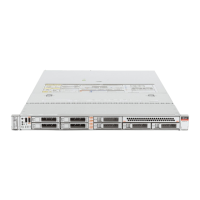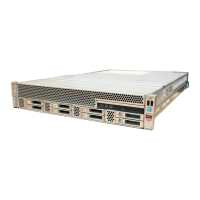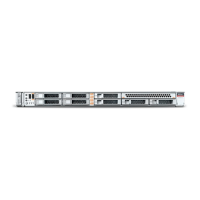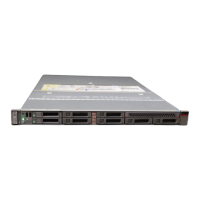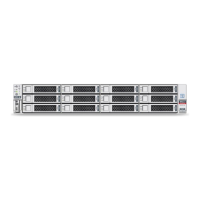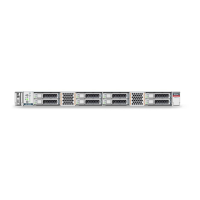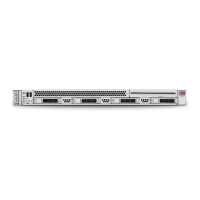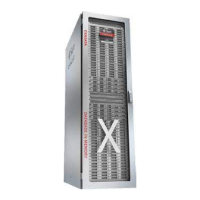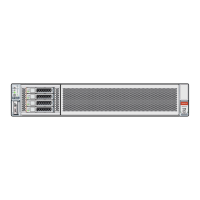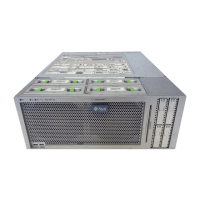a. In the DB Name field, enter a name for the database. The name
db1
appears
in the field as an example of a database name, but the field is not populated.
You must enter a name.
The name must contain lowercase alphanumeric characters and cannot
exceed 8 characters. The Oracle system identifier (SID) is always set to the
database name.
b. (Optional) In the DB Unique Name field, enter a name to define a unique
name for the database.
c. In the Use Existing DB Home field, select Yes or No.
d. In the DB Version field, select a database bundle patch number from the
drop-down list.
Available database versions with available clones appear in the list in
descending order. Supported versions that are not available in the repository
appear in light gray font at the bottom of the list. Search is available for the list.
To add a supported version to the repository, download the RDBMS clone file
and update the repository.
e. For the CDB option on Oracle Database version 18.3, select Yes or No,
depending on whether or not you want the database to be a
container database (CDB). The default is Yes.
f. In the PDB Name field, enter a name for the pluggable database (PDB).
Alphanumeric characters and underscore (_) are valid. The name must begin
with an alphanumeric character and cannot exceed 30 characters. The name
pdb1
appears in the field in italic text as an example, but it is not populated.
You must enter a name.
g. In the PDB Admin User field, enter a name.
The field shows
pdbadmin
as an example, you must enter a name.
Alphanumeric characters and underscore (_) are valid.
h. In the Database Edition field, enter the edition for which you have a license,
either Enterprise Edition or Standard Edition.
i. In the Shape field, select a database shape from the drop-down list. The
shape determines the number of cores and total memory allocated to the
database. The default is odb1 (1 Core, 8 GB Memory).
j. In the Database Class field, select a database class from the drop-down list. If
an option is not available in the list, it is not supported for the database edition
on the Oracle Database Appliance or the version that you selected. The
default is OLTP.
k. In the Storage field, select ACFS or ASM from the drop-down list. The default
is Oracle ASM.
l. If you select the storage as ASM, and the Database Version is 12.2 or later,
and the disk group redundancy was set to Flex during the appliance creation,
then you can select the Database Redundancy value as Mirror or High.
You can choose Oracle ACFS storage for all database versions, but if you
select Oracle ACFS storage, then you cannot specify the database
redundancy. If your disk group redundancy is Flex, and you choose Oracle
ACFS storage for the database, then the database redundancy is set to Mirror.
Chapter 9
Working with Databases
9-5
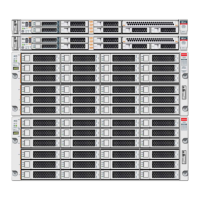
